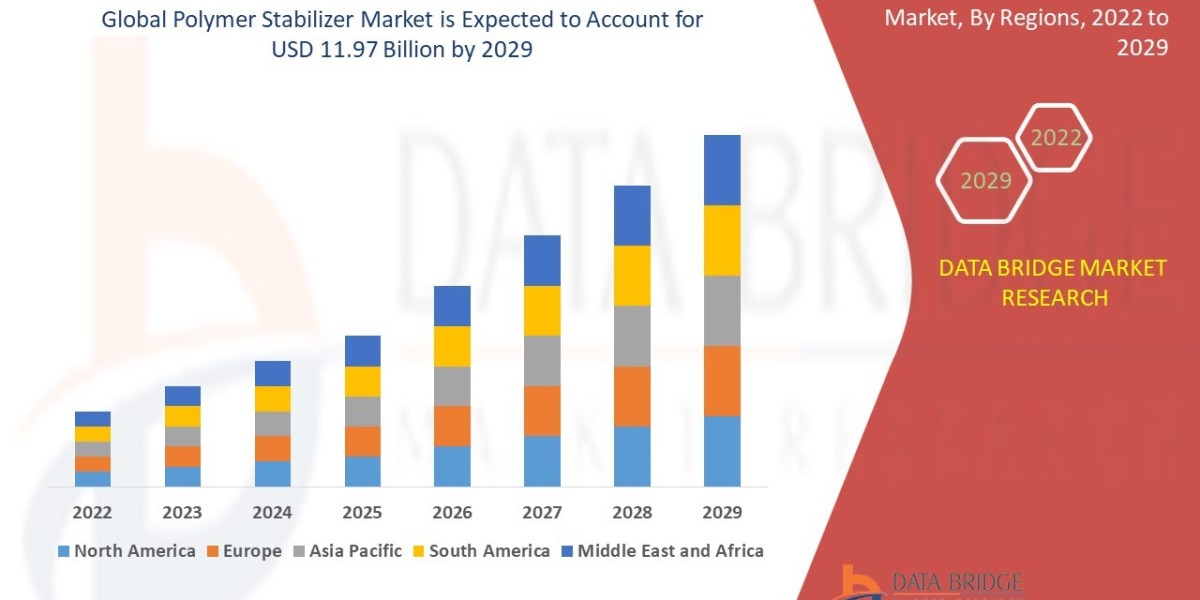Indonesia Biogas Market Overview
The Indonesia Biogas Market is expanding rapidly, driven by the government’s renewable energy initiatives, abundant organic waste resources, and the growing need for sustainable energy solutions. As part of its long-term energy transition plan, Indonesia aims to increase the share of renewable energy in its national energy mix to at least 23% by 2025, positioning biogas as a key contributor to rural electrification and industrial sustainability.
Market Drivers
A major driver of the biogas market in Indonesia is the availability of vast agricultural and organic waste feedstocks. The country’s palm oil industry, one of the largest globally, produces significant amounts of palm oil mill effluent (POME), which serves as a primary source for biogas production. Similarly, livestock manure, food waste, and agricultural residues are being increasingly utilized in community and industrial-scale biogas plants.
Government support through initiatives such as the National Energy Policy (KEN) and the Indonesia Sustainable Energy for All (SE4ALL) program is further promoting investment in renewable energy projects. The Ministry of Energy and Mineral Resources (MEMR) has been encouraging public-private partnerships and providing fiscal incentives for biogas development, particularly in rural areas where energy access remains limited.
The growing industrial demand for clean and cost-efficient energy—especially among palm oil mills, food processing companies, and wastewater treatment facilities—is another strong growth driver. By converting waste into energy, these industries reduce operational costs, lower greenhouse gas emissions, and meet sustainability targets.
Market Segmentation
By Feedstock: Agricultural residues, palm oil mill effluent (POME), livestock manure, food waste, and municipal solid waste.
By Application: Power generation, cooking fuel, transportation fuel, and industrial energy use.
By Technology: Anaerobic digestion, landfill gas recovery, and covered lagoon systems.
By Region: Sumatra, Java, Kalimantan, Sulawesi, and others.
Regional Insights
Sumatra and Kalimantan dominate the market due to their extensive palm oil plantations and high industrial waste generation. Java is also emerging as a key market with rising urban waste-to-energy initiatives and growing demand for decentralized renewable power systems.
Challenges and Opportunities
Challenges include limited infrastructure, financing gaps, and inconsistent feedstock quality. However, opportunities lie in government-backed rural biogas programs, carbon credit mechanisms, and foreign investment in clean energy infrastructure.
Conclusion
The Indonesia Biogas Market is poised for strong growth as the nation intensifies its renewable energy transition. With abundant biomass resources, supportive policies, and rising private sector participation, biogas will play a vital role in promoting energy security, sustainability, and economic growth across Indonesia.


